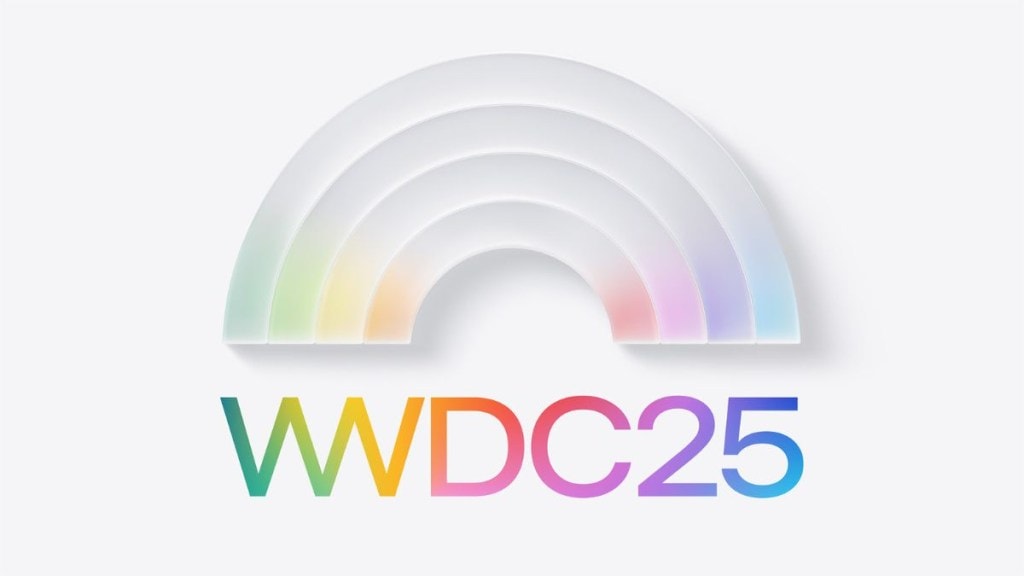By Ramita Rajaa
Apple’s WWDC 2025 made headlines for its AI breakthroughs and cross-device enhancements, but tucked away in Day 2 were product updates that reframe how marketers think about accessibility, monetisation, and retention. These weren’t headline-stealing features, but for teams focused on lifetime value, frictionless journeys, and conversion continuity, they were gold.
One of the most important—but overlooked—announcements was the expansion of Assistive Access on iOS and iPadOS 26. Initially designed to support customers with cognitive disabilities, the updated Assistive Access mode now allows apps to define a dedicated interface optimised for simplicity. This version of your app strips away distraction, relying on linear flows, oversized controls, and minimal choice.
It’s more than just accessibility—it’s a masterclass in clarity. For marketers, this means rethinking the UX for loyalty redemptions, repeat purchases, or status updates. Which two actions matter most to this customer segment? Are nested menus, time-bound popups, or multi-step flows getting in the way of completion? If so, brands should adapt these journeys into simplified “scenes” that serve the segment better, not just faster.
Another understated but powerful addition is AlarmKit. At first glance, it seems niche. But its potential impact for time-sensitive customer journeys, like flash sales, pill reminders, and check-ins, is huge. Unlike regular push notifications, alarms created through AlarmKit can bypass Silent Mode and remain persistent across Lock Screen, Dynamic Island, and Apple Watch. The new experience also allows for programmable actions like “Open App” or “Repeat Timer” right from the alarm interface.
Brands with use cases that depend on perfect timing, like fitness apps, ride check-ins, or banking verifications, can now show up in a way that’s timely, ambient, and hard to miss. It’s an invitation to rethink how you nudge customers across limited-time interactions, especially for reactivation or conversion moments.
Apple also rolled out a thoughtful update to StoreKit, its framework for in-app purchases and subscriptions. Marketers can now surface more personalized offers tied directly to customer engagement. From win-back discounts to timely upsells, StoreKit now enables logic-driven promotions that reflect where a customer is in their subscription lifecycle.
More importantly, brands can now set eligibility for these offers using signed purchase requests, meaning the same offer won’t go to a new customer and a long-term subscriber indiscriminately. This isn’t just better segmentation; it’s better economics. For marketers who’ve long struggled to balance acquisition offers with retention incentives, StoreKit’s update finally brings control and nuance.
The final undercurrent running through Apple’s Day 2 was privacy-first measurement, now smarter thanks to improvements in AdAttributionKit. Marketers no longer have to rely on a single attribution touchpoint. With iOS 26, you can now account for multiple re-engagements, view country-level postback data (subject to privacy thresholds), and define custom attribution windows to match different funnel velocities.
This is particularly meaningful in the Indian market, where marketing budgets stretch across metro and Tier II/III cities, with vastly different consideration cycles. Brands can now align attribution duration with campaign context—shorter windows for festival sales or flash deals, longer for high-involvement categories like insurance or electronics.
If Day 1 of WWDC was about expanding surfaces, Day 2 was about deepening experiences. From accessibility and alarms to smarter offers and attribution, Apple is quietly making the marketer’s toolkit more intelligent and intentional. None of these features will go viral on social media, but all of them will show up in your funnel metrics—if you know where to look.
For teams already investing in behavioral analytics and segmentation, these updates are a call to action. Simplify for impact. Personalize with control. Measure with context. That’s the new UX mandate.
This exclusive analysis is brought to you by MoEngage. Stay tuned for final insights from WWDC 2025 as we decode how every screen, from the wrist to desktop, is becoming a marketing moment. (The author is Senior Manager: Product GTM, Brand, and Content, MoEngage)

